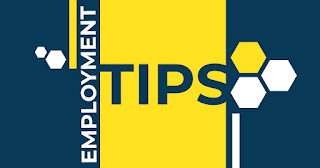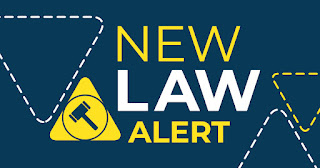The NYC Council enacted two bills which effectively ended "at will" employment for employees in the New York City fast food industry. Mordy Yankovich, Esq. shares the updates to the law in the February issue of the Law Journal, The Suffolk Lawyer.
Click HERE for the link to the article.


















